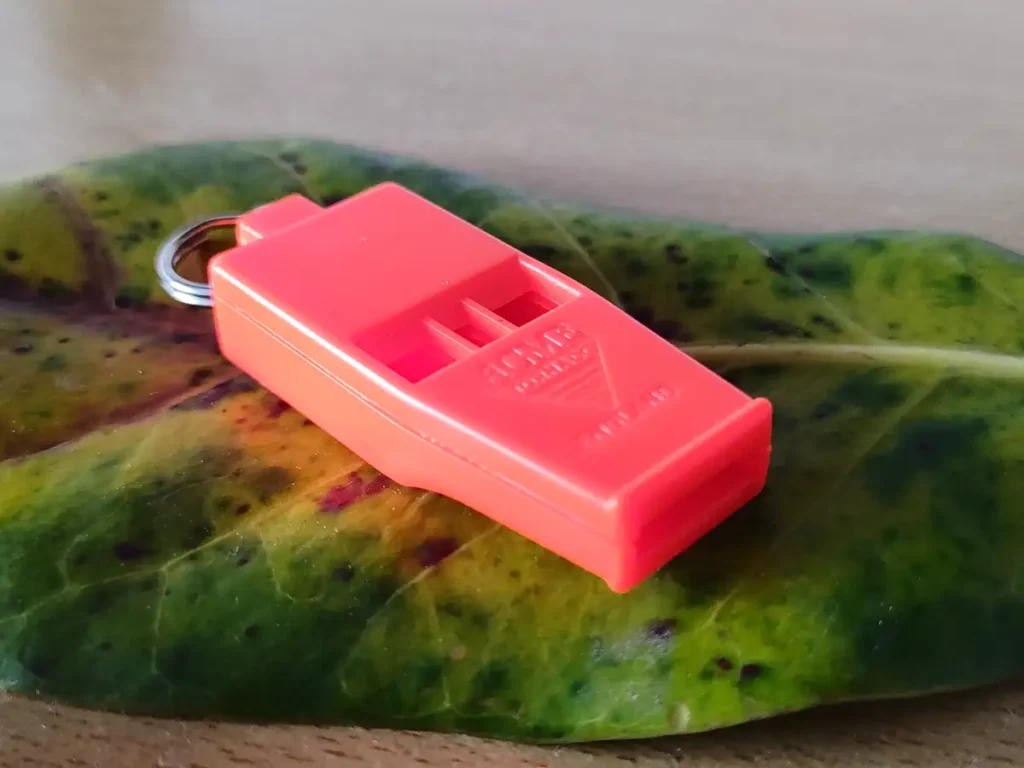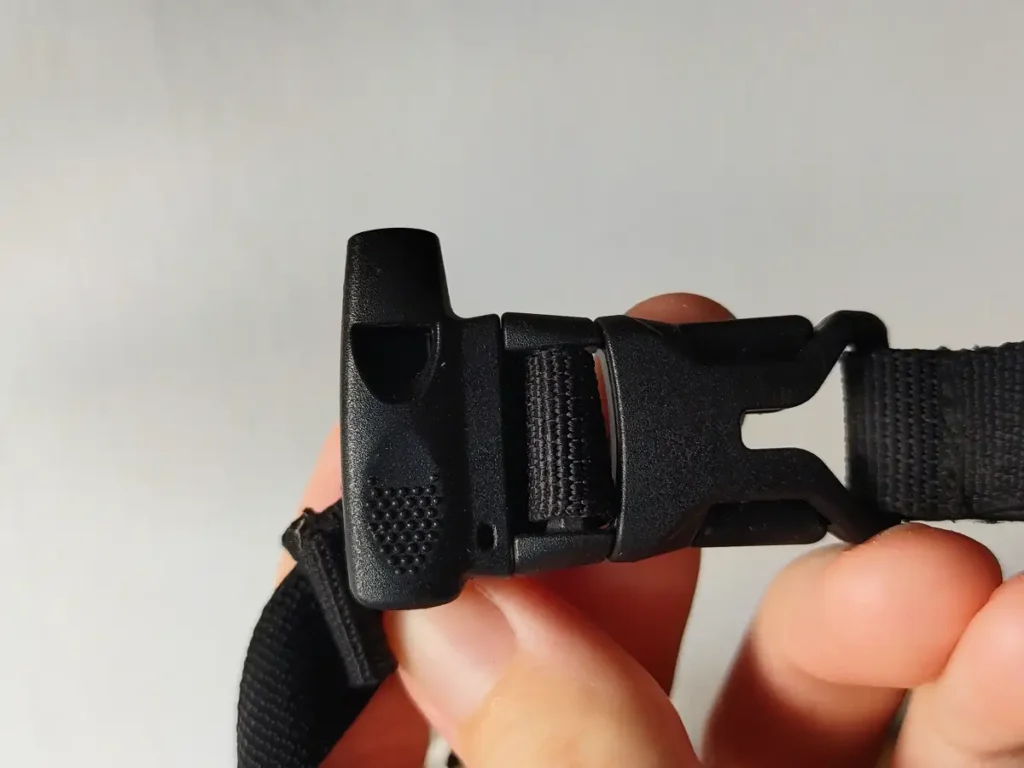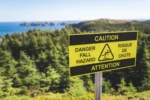How to use an emergency whistle
This post may contain affiliate links. This means that we may receive a small commission from purchases through those links. Read more in our affiliate disclosure.
Emergency whistles are a prime example of a simple safety tool with a potentially life-saving impact. The sound of a whistle can travel much further and requires less energy than shouting, allowing you to signal for help over long distances in low visibility.
To call for help using a survival whistle, either use three three-second blasts (the international whistle code for help), or whistle SOS with three short, three long, then three short blasts.

What is an Emergency Whistle?
An emergency whistle is a small, powerful tool designed to attract attention in critical situations. Unlike a regular whistle, an emergency whistle is engineered to produce a loud, piercing sound of over 100 decibels that can be heard over long distances and through dense environments like forests or urban landscapes. This distinctive sound is indispensable during emergencies, especially in scenarios where visibility is low.
The effectiveness of an emergency whistle lies in its simplicity and reliability. Due to its compact size, it’s easy to carry around, often attached to a keychain, backpack, or worn around the neck. Personally, I like to keep one in my first aid kit, so that I cannot forget to take it.
Whistle Signal Codes
There are two systems for whistle signals:
International Whistle Codes
International whistle codes are recognized internationally and are designed to convey clear, simple messages in emergency situations. The most common codes are based on the number of whistle blasts, each of which should last 3 seconds:
- One Blast means “Where are you?“. It is also used as a response to any whistle signals you hear.
- Two Blasts means “Come to me”.
- Three Blasts is the universal signal for “Help me” or “SOS”.
Ensure the whistle blasts are regular by counting to three in your head during each; then take a short breath between blasts.
Morse Code
If you need to relay more information, Morse code can be used with an emergency whistle. Morse code is a method of encoding letters as standardized sequences of two different signal durations, called dots (one unit long) and dashes (three units long). One unit can be one second, for example. Here’s how you can use Morse code to call for help with a whistle:
- SOS: The Morse code for emergencies is “SOS” (· · · — — — · · ·), which stands for “Save Our Souls” or “Save Our Ship.” This is signaled by three short blasts (dots), three long blasts (dashes), followed by three short blasts. It’s an internationally recognized distress signal, not just for ships and aircraft, but also for individuals in dire situations.
Using Morse code with an emergency whistle requires practice, as timing is important to ensure the message is conveyed correctly. However, in situations where the basic whistle codes are not sufficient, Morse code offers a more detailed way to communicate.

What to Use as an Emergency Whistle?
Ideally, you should carry a dedicated emergency whistle. These whistles are specifically designed to produce loud, high-pitched sounds that can travel long distances. They are often made from durable materials like plastic or metal, ensuring they work in various weather conditions and environments. Many emergency whistles also feature a pea-less design, which means they don’t have the small ball inside that can freeze or jam in cold weather, making them more reliable.
Some backpacks, particularly those designed for hiking or outdoor sports, come with a whistle incorporated into the buckle. This design is ingenious as it ensures that the whistle is always readily available and reduces the chance of losing it. However, I have found these incorporated whistles to not always be as loud and efficient as the specialized ones, so I still carry a backup.

If you find yourself in a situation where you don’t have a dedicated emergency whistle with you, you can improvise and fashion a whistle from a stick. This requires some knowledge of how to carve the stick properly to create a sound chamber and a mouthpiece; and the sound produced may not be as loud or as piercing as a standard emergency whistle, so don’t rely on this method.




